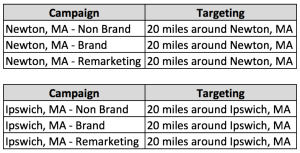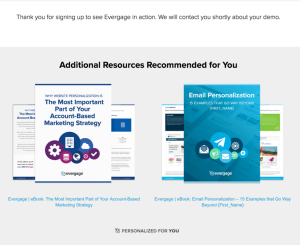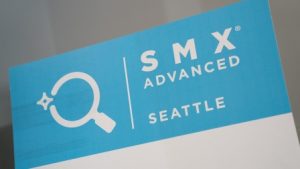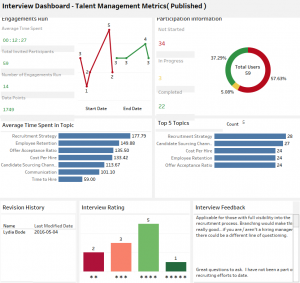Publishers Need To Adapt To Programmatic Future
U.S. advertisers will boost spending on native display ads by 25% this year to $43.9 billion, eMarketer estimated this week. Native advertising, the fancy term for “advertorials,” will grow to 63% of digital display ad spending this year from 48% in 2016, the researcher said.
“Native formats have made significant inroads in channels like mobile apps, but there are still a lot of traditional display units being traded programmatically, especially on desktop and the mobile web,” eMarketer principal analyst Nicole Perrin said in the report.
More than 90% of display ads on social media are native. Despite the growing share of native ads in digital media, social-media platforms are also developing streaming video channels aimed at big-spending national advertisers that seek broad reach.
Nonsocial native ads, which typically are bought programmatically for mobile phones, are also gaining share of the digital ad market. They will grow their share to 34% by 2020 from 26% last year, eMarketer forecasts.
The U.S. market took the lead in programmatic advertising in 2018. Zenith estimates that 83% of all digital media in the U.S. were traded programmatically last year.
Ads.txt files that list authorized digital sellers of programmatic ad inventory — a strategy spearheaded by Google and IAB Tech Lab to combat ad fraud — also show the percentage of publishers using programmatic, according to publisher monetization firm Automatad Inc.
Of the 1,468 publishers crawled by Automatad’s technology, 725 have the ads.txt files on their servers. The data also reveals the market share for companies like Amazon and Facebook that run programming ads.
Amazon has captured 28% of the top publishers, and more than half of them are through a reseller relationship. Amazon partners with more than 200 publishers, according to Automatad, which is close to the native advertising company Taboola.
About 35% of the ads.txt lines used by the top publishers are for direct partners, and 66% of the lines in the files belong to resellers. According to the analysis of ads.txt files, 99% of the publishers have a direct relationship with at least any one of the ad exchanges. More than 10% of the publishers have only direct relationships and no resellers listed in their files.
The data also shows that 8% of the ad exchanges take up to some 85% of the lines in ads.txt files, and about 15% go to 92% of the ad exchanges.
Separately, a new form of malvertising that only impacts ads served via programmatic exchanges, a majority appearing in header bidding, is costing publishers $325 million a year.
(69)
Report Post







